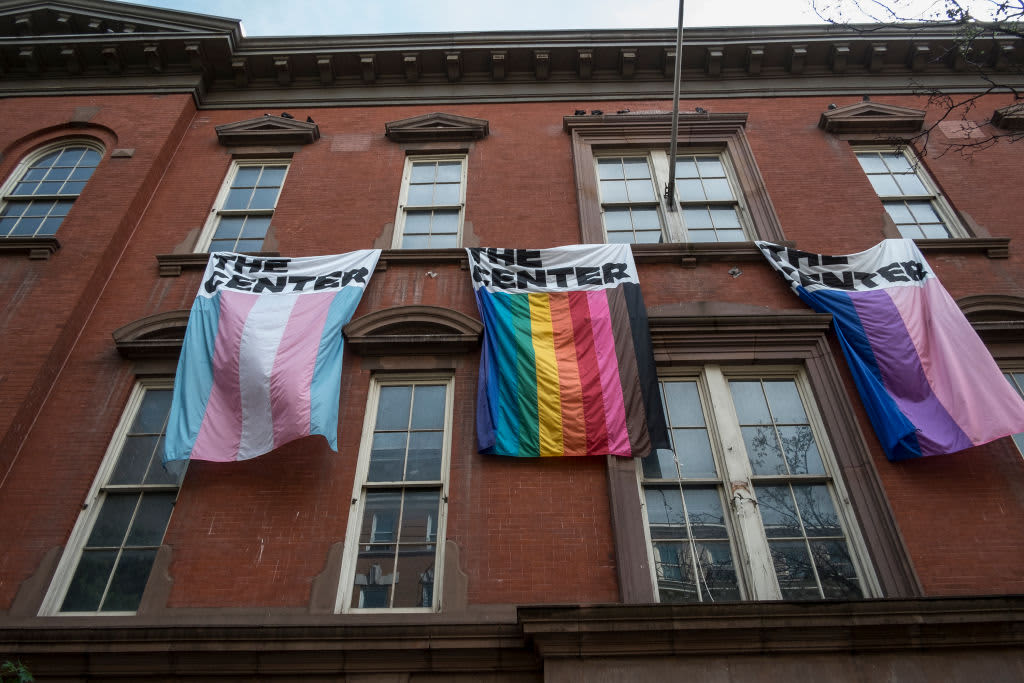LGBTQ+ centers on college campuses have a long and important history that continues to evolve and grow in significance. These centers serve as safe spaces for LGBTQ+ students, faculty, and staff, providing resources, support, and a sense of community for individuals who may face discrimination or exclusion in mainstream society.
The first LGBTQ+ centers on college campuses emerged in the United States in the 1970s, during a time of increased activism and visibility for the LGBTQ+ community. These centers were often run by student groups or grassroots organizations, and provided a variety of services, including counseling, educational programs, social events, and advocacy work.
One of the earliest LGBTQ+ centers on a college campus was the LGBTA Resource Center at the University of California, Berkeley, which was established in 1971. The center was originally called the Gay Liberation Front and was founded by student activists who were inspired by the Stonewall Riots in New York City in 1969. The center provided a space for LGBTQ+ students to gather, organize, and fight for their rights on campus and in the wider community.
Since then, LGBTQ+ centers have spread to colleges and universities across the country, becoming an integral part of campus life for many LGBTQ+ students. These centers have played a vital role in advocating for LGBTQ+ rights, creating a sense of belonging and community for LGBTQ+ individuals, and providing support and resources for students who may be struggling with their sexual orientation or gender identity.
In recent years, LGBTQ+ centers on college campuses have expanded their focus to include issues of intersectionality and social justice. Many centers now work to address the unique challenges facing LGBTQ+ individuals who belong to marginalized communities, such as people of color, immigrants, and individuals with disabilities. These centers also work to educate the wider campus community about LGBTQ+ issues and promote inclusivity and diversity on campus.
Despite the progress that has been made, LGBTQ+ centers still face challenges and obstacles in their work. Many centers struggle to secure funding and resources, and some face resistance and backlash from individuals who are opposed to LGBTQ+ rights. However, the existence of LGBTQ+ centers on college campuses is a testament to the resilience and strength of the LGBTQ+ community, and to the ongoing fight for equality and acceptance.
In conclusion, LGBTQ+ centers on college campuses have a rich and complex history that reflects the struggles and triumphs of the LGBTQ+ community. These centers serve as vital resources and support systems for LGBTQ+ individuals, providing a safe and inclusive space for students, faculty, and staff to learn, grow, and thrive. As we continue to push for greater acceptance and equality for LGBTQ+ individuals, LGBTQ+ centers on college campuses will continue to play a crucial role in the fight for social justice and equality for all.
